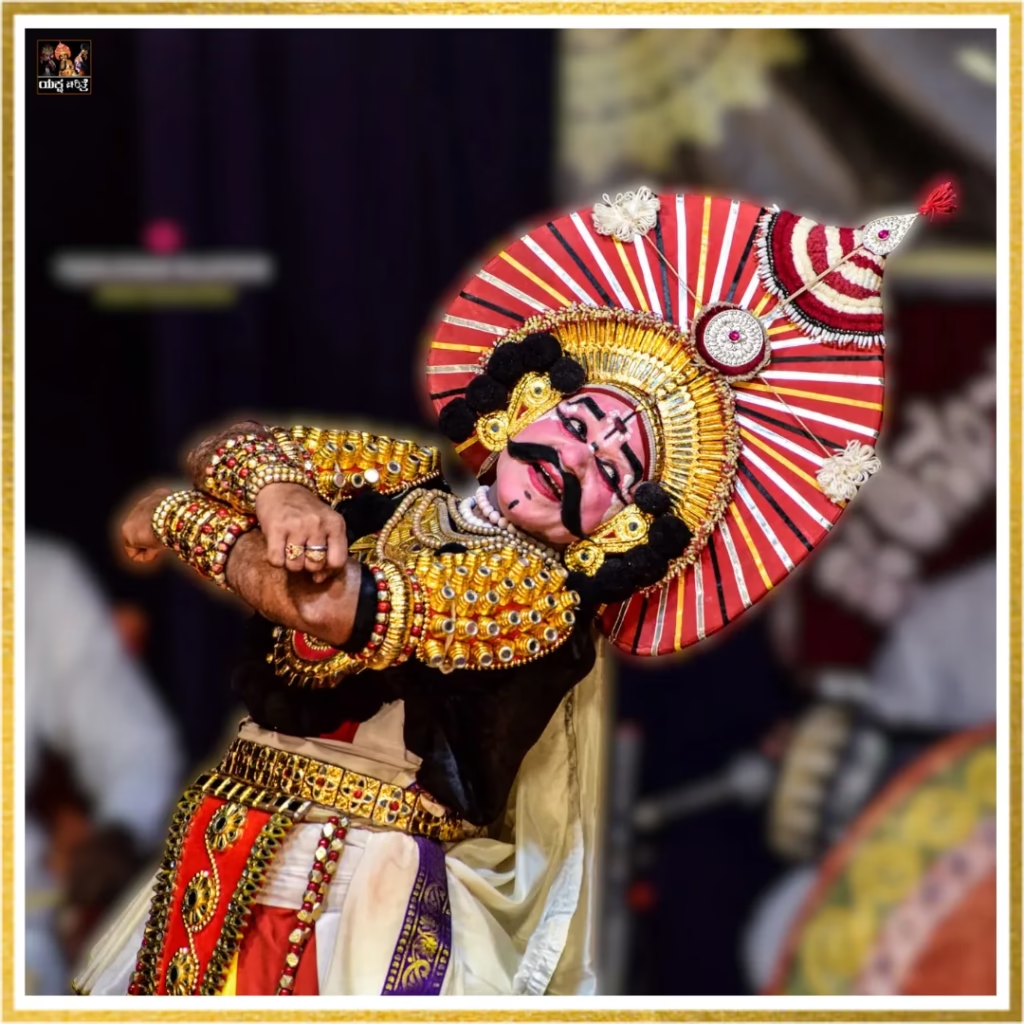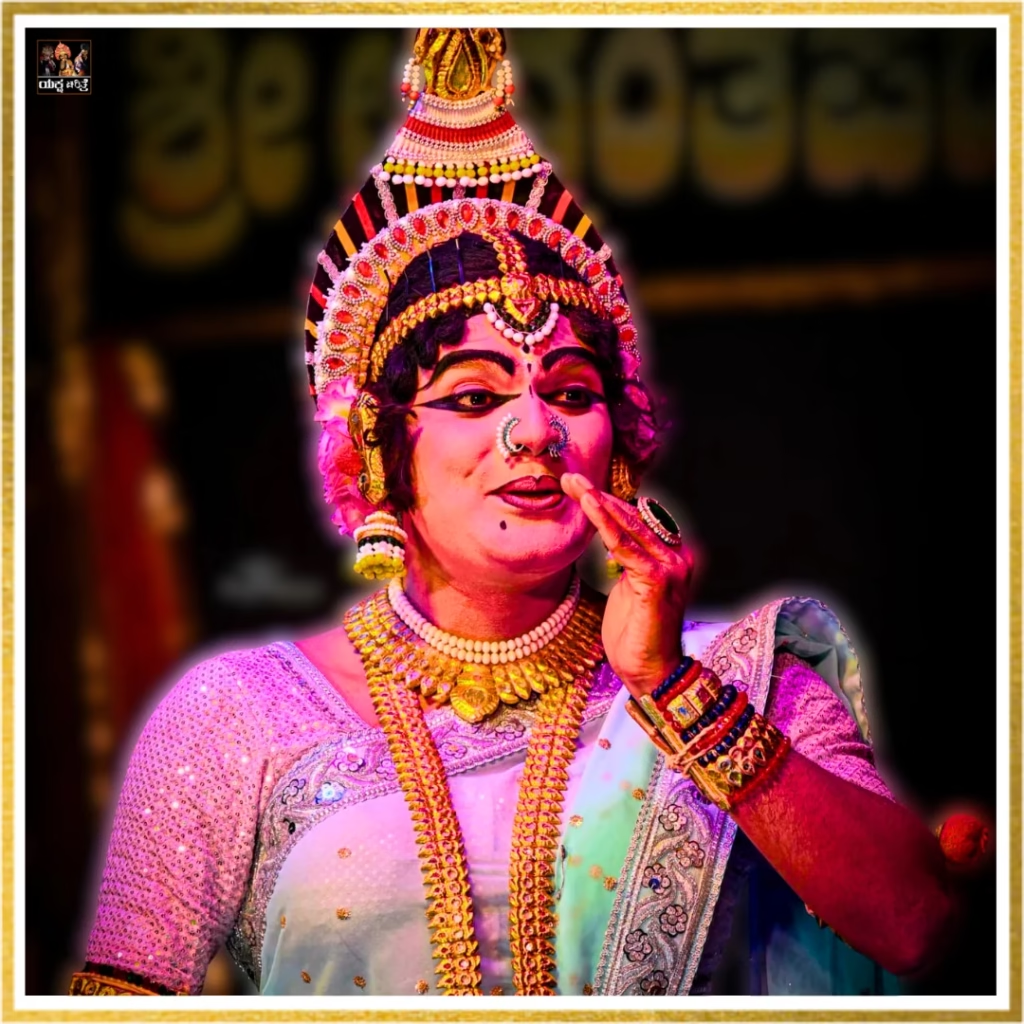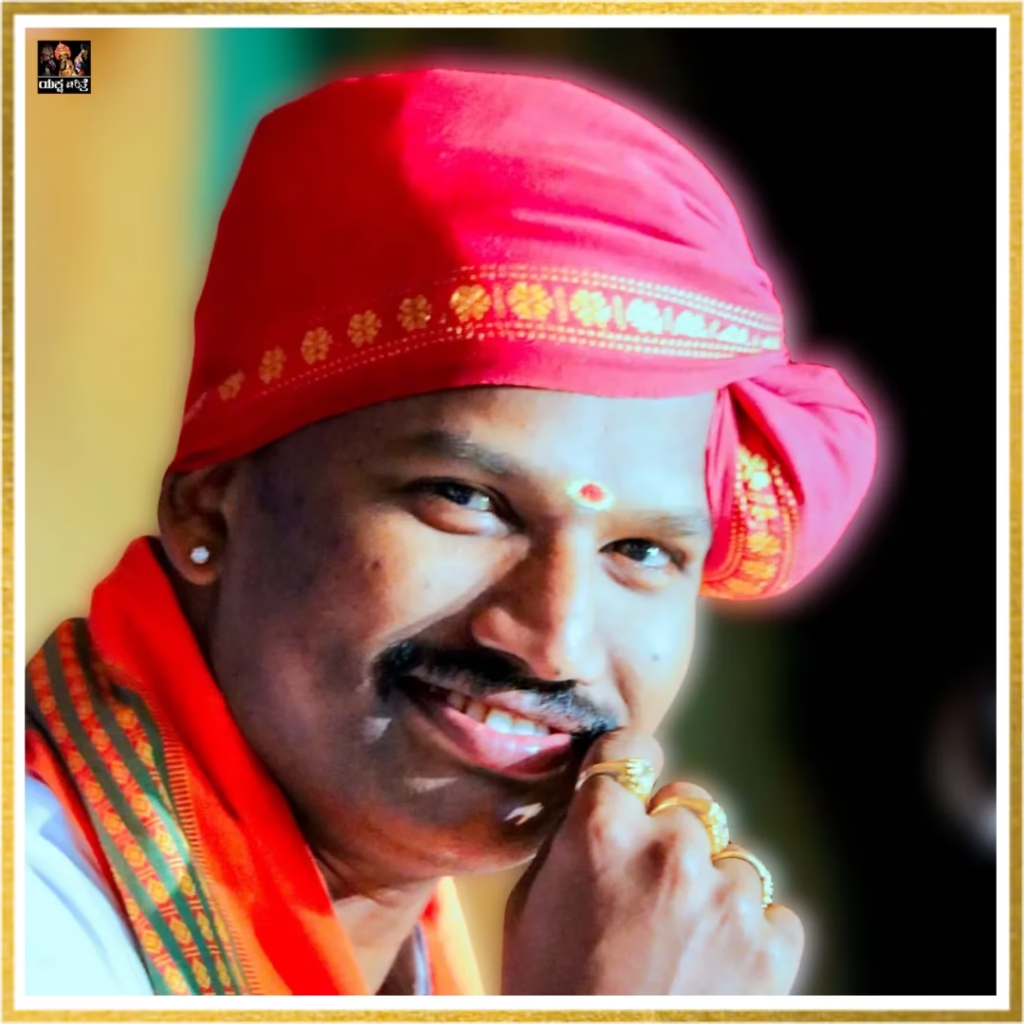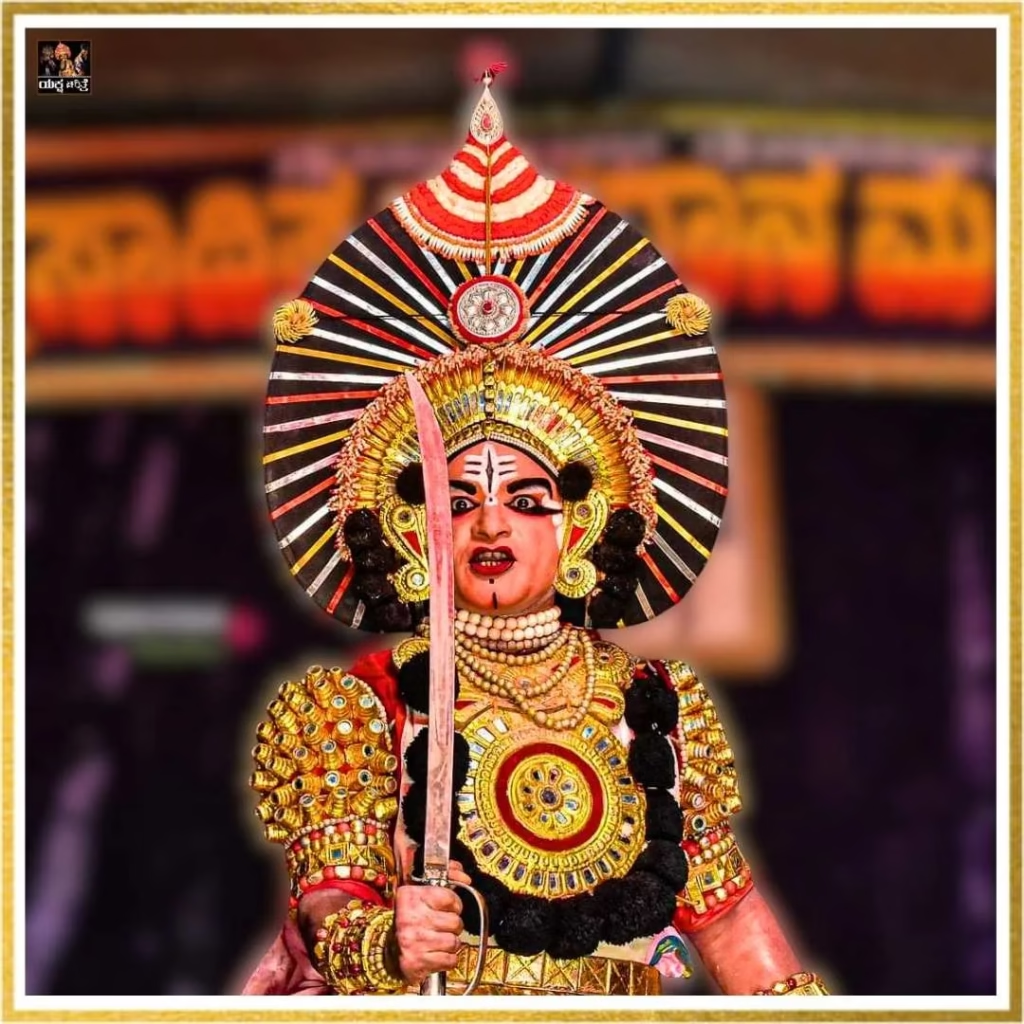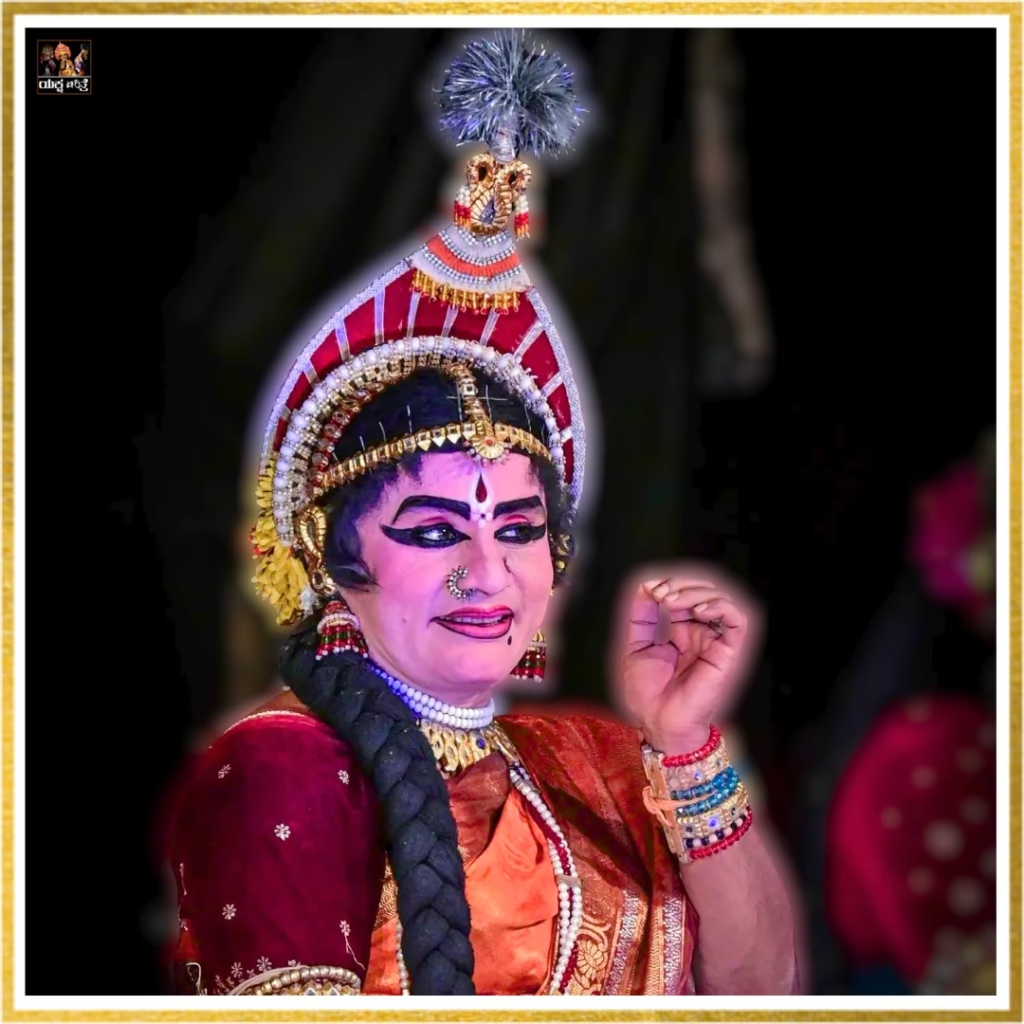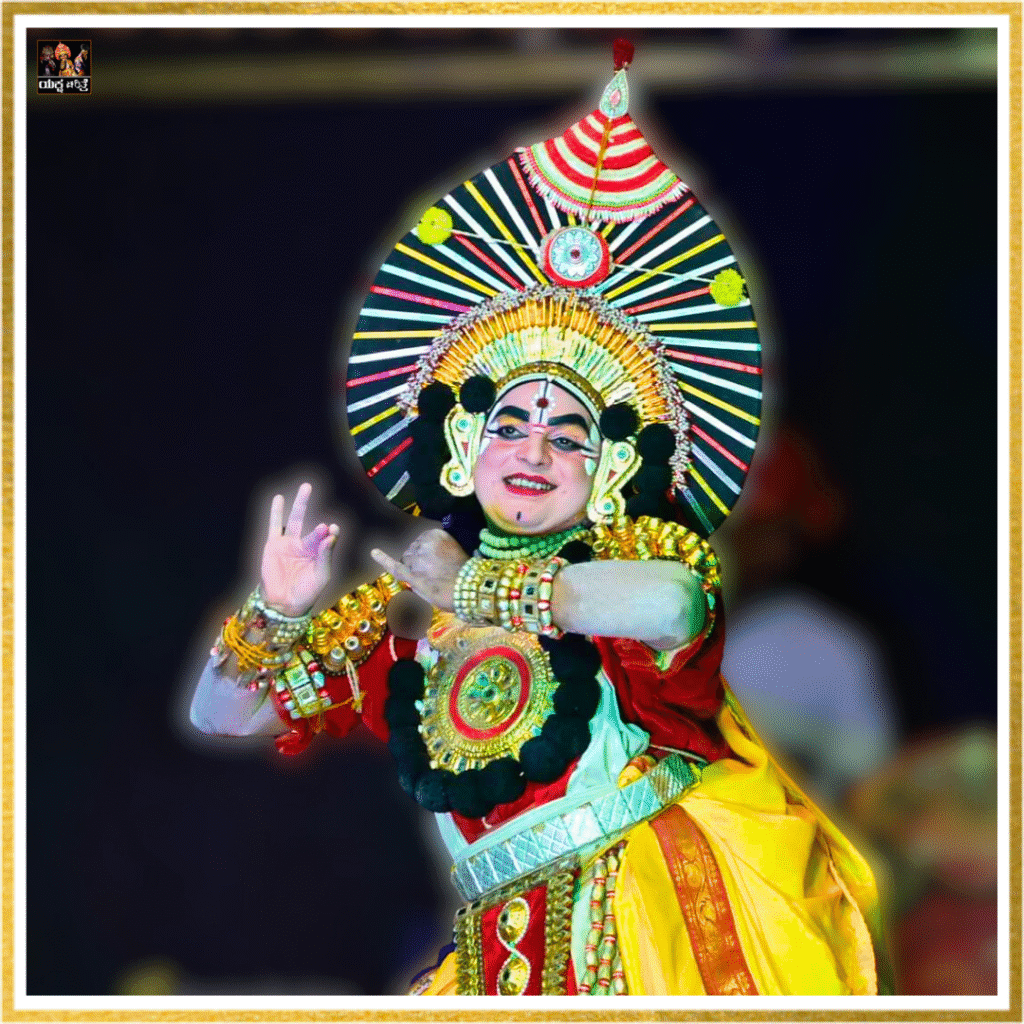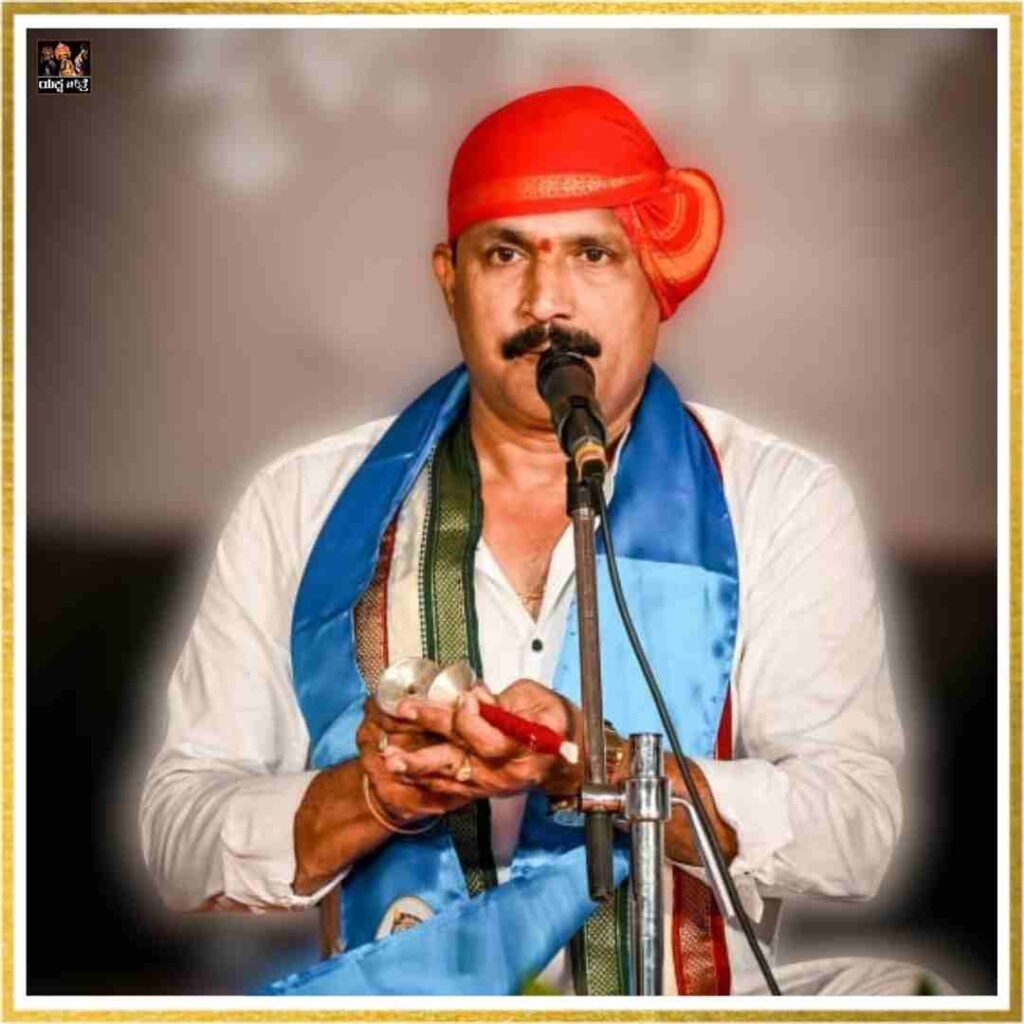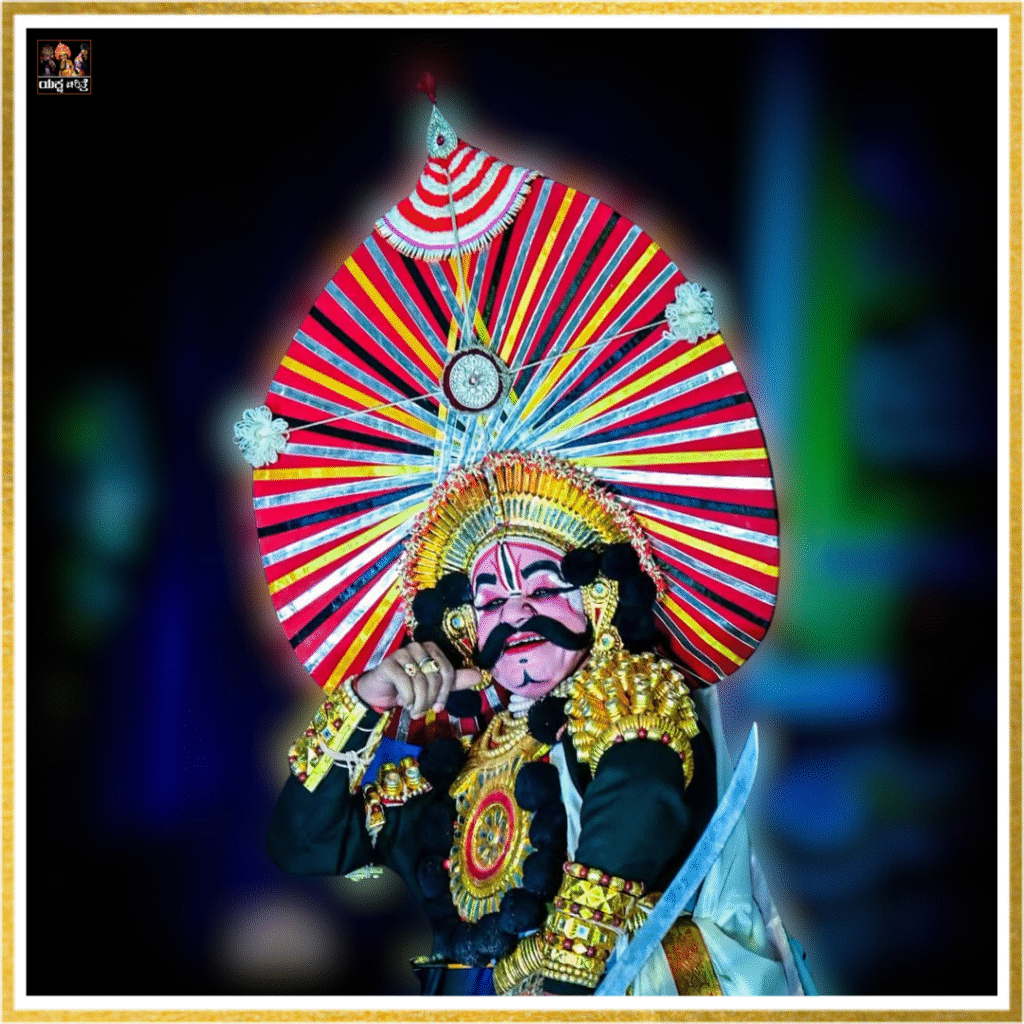Yakshagana History : The Fascinating Heritage and Evolution of Karnataka’s Traditional Theatre
Yakshagana is a vibrant and ancient theatrical tradition deeply rooted in the coastal and Malenadu regions of Karnataka, including Dakshina Kannada, Udupi, Uttara Kannada, Kasaragod, Shivamogga, and parts of Chikkamagaluru. This unique art form blends dance, music, dialogue, elaborate costumes, makeup, and stage techniques to deliver a rich visual and emotional experience.
The Origins of Yakshagana History: Where Music Meets Mythology:
The term Yakshagana derives from two Sanskrit words: “Yaksha” (celestial beings or nature spirits) and “Gana” (song). The roots of this art trace back to Bhakti movement traditions, evolving from early temple-based music and theatrical performances.
Early forms of Yakshagana were known by various names such as Ata, Kelike, Bayalata, and Dashavatara. The current term “Yakshagana” has been used for over 200 years in Kannada literature. The earliest traces date back to 12th-century Udupi, where the art may have started with the Tulu word “Atavo.”
Two Major Styles: Badagutittu and Thenkutittu:
Yakshagana has evolved into two major styles, each with distinct characteristics:
Badagutittu (Northern Style):
Predominant in Udupi, Kundapura, Byndoor, and Honnavar, this style emphasizes facial expressions, matching dialogues, and expressive dances. Performances are known for their powerful stage presence and refined acting techniques.
Dr. Shivaram Karanth’s Yakshagana Mandira modernized and simplified this style, making it more accessible. Notable figures like Keremane Shivarama Hegde from Honnavar were instrumental in popularizing it and received Presidential recognition for their contribution.
Thenkutittu (Southern Style)
Seen in Dakshina Kannada, Kasaragod, parts of Kodagu and Udupi, this style carries strong influences of Carnatic music. The performances are visually striking, combining folk art with graceful dance. Key features include the use of Rajabanna, Katbanna, and Stribanna (types of costume roles).
This style is also known for its high-energy movements called “Dheengina”, often involving rapid spins and physical prowess. Popular troupes like Dharmasthala and Kateel Mela brought Thenkutittu to widespread acclaim.
Yakshagana Music and Instruments:
Yakshagana’s musical structure is distinct from both Carnatic and Hindustani traditions, although there may be shared historical roots.
Raaga in Yakshagana:
The Raagas used are specially tailored to suit night-time performances. Each raaga begins with at least five notes and corresponds to a particular mood and time.
Instruments Used:
- Maddale: The primary percussion instrument, akin to the mridangam.
- Chande: A powerful, energetic drum that sets the rhythm and energy.
- Tala (cymbals): Used by the Bhagavata (lead singer-narrator) to control rhythm and pitch. Often made from five-metal alloy (Panchaloha).
Performance Structure: Music, Dance, and Instant Improvisation Performance Structure: Music, Dance, and Instant Improvisation:
A typical Yakshagana performance begins in the evening and continues until dawn. It starts with a “Peetike”—a powerful drumbeat intro—followed by the entrance of performers after about an hour.
The storytelling is derived from Ramayana, Mahabharata, Bhagavata Purana, and other ancient Hindu and Jain epics. The Bhagavata sings and narrates while performers enact roles through dance and improvisational acting. There are often debates or philosophical dialogues woven into the narrative.
Costumes, Makeup, and Symbolism:
Yakshagana costumes are elaborate and symbolic. Based on the character type and style (Badagutittu or Thenkutittu), costumes vary greatly.
- Headgear (Pagade/Kirita), armour (Kavacha), and shoulder decorations (Bhujakeerthi) are adorned with mirrors and silverwork.
- Lower-body garments (Kadicha) are heavily padded to give performers a distinct physique.
- Makeup varies by character—especially in Rakshasa (demon) roles, where face painting can take up to 4 hours.
Traditionally, male artists played female roles, but today, women also perform both male and female characters.
Literary Richness: Prasanga and Yakshagana Poetry:
A Prasanga is a collection of poetic verses composed for a Yakshagana play. These are written in classical Kannada meters, tailored to specific Raagas and Taala cycles. The earliest known Prasanghas date back to the 15th century, and today, they are published in printed books.
Many Prasanghas have been lost over time, but the oral tradition remains strong.
Historical Evidence and Inscriptions:
Yakshagana has documented history:
- A 1556 CE inscription in Kurugodu, Bellary, mentions a land grant for Yakshagana performances.
- A palm-leaf manuscript of “Virata Parva” found in Brahmavar (Ajapura Vishnu’s version).
- The 1621 CE Sabha Lakshana document describes early performance practices.
Global Comparison and Unique Identity:
While Yakshagana shares similarities with forms like Ankiya Nat (Assam), Jatra (Bengal), Chhau (Bihar, Bengal), Prahlada Nataka (Odisha), Veedhinatakam (Andhra), Therukoothu (Tamil Nadu), and Kathakali (Kerala), many scholars assert Yakshagana’s identity as unique and independent.
Famous Yakshagana Artists:
Some iconic figures who shaped this art:
- Keremane Shivarama Hegde
- Chittani Ramachandra Hegde
- Kuriyavittala Shastri
- Keremane Shambhu Hegde
- Narayanappa Uppooru
- Subrahmanya Dhareshwara
- Karki Krishna
- Jalavalli Venkatesh Rao
- Balipa Narayana Bhagavata
- Kalinga Navada
- Gopala Acharya Theerthahalli
- Argod Mohandas Shenoy
- ಸದಾಶಿವ ಅಮೀನ್ ಕೊಕ್ಕರ್ಣೆ
- ಕೋಟ ಶಿವಾನಂದರ ಚರಿತ್ರೆ
- ಜನ್ಸಾಲೆ ರಾಘವೇಂದ್ರ ಆಚಾರ್ಯ
- ಸುಧೀರ್ ಉಪ್ಪೂರು
- ಸುಬ್ರಹ್ಮಣ್ಯ ಹೆಗಡೆ ಯಲಗುಪ್ಪ
- ರಾಜೇಶ್ ಭಂಡಾರಿ
Training, Preservation, and Innovation:
Yakshagana has sustained through gurukulas, schools, melas (troupes), and research centres. Institutions like Yakshagana Mandira, regular workshops, and modern experimentation have played a role in keeping this traditional art alive and evolving for new generations.


